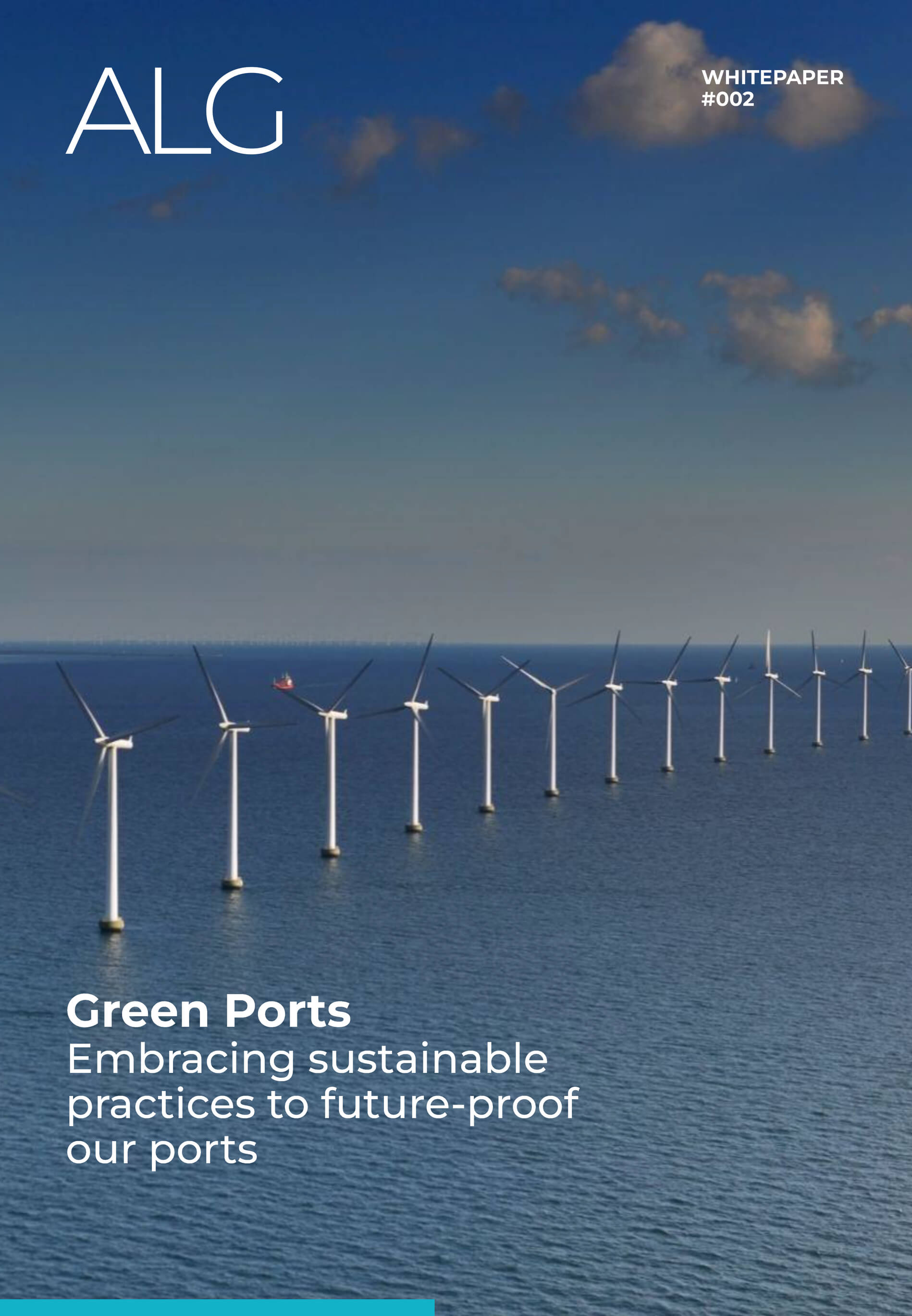In-depth insights

Green Ports
Approximately 90% of all global trade is currently seaborne. Ports thus have an essential role in global trade. However, virtually non-stop industrial activity worldwide means that ports are responsible for a fair share of the world’s air and water pollution.
Beginning in 2015 with the Paris Agreement on global climate change and the UN Sustainable Development Goals (SDG), and as the world trends towards Net Zero, it is only natural that ports are increasingly interested in how to adopt sustainable practices to align themselves with SDG within their area of responsibility. In this regard, the term “Green Port” is becoming widely accepted to refer to ports that take proactive measures towards sustainable development and environmental awareness.
Over the last decade, ports have been adopting regulatory, technical, operational and
economic steps to migrate towards a “Green Port” model. In this paper, we present some examples of the actions and activities implemented worldwide and explain a few of the most relevant measures.
We also analyse the role of ports and maritime transportation concerning hydrogen and the future energy transition. Internationally recognised organisations, researchers, and governments consider hydrogen to be a key energy carrier for this necessary energy transition. Countries with a lower renewable electricity potential will need to import hydrogen from countries capable of competitive hydrogen production. This will entail the creation of international hydrogen supply chains, with ports as essential nodes in this network.
Finally, we break down the potential of green hydrogen, its derivative applications, and the benefits of internationally trading green hydrogen for importing and exporting countries.
